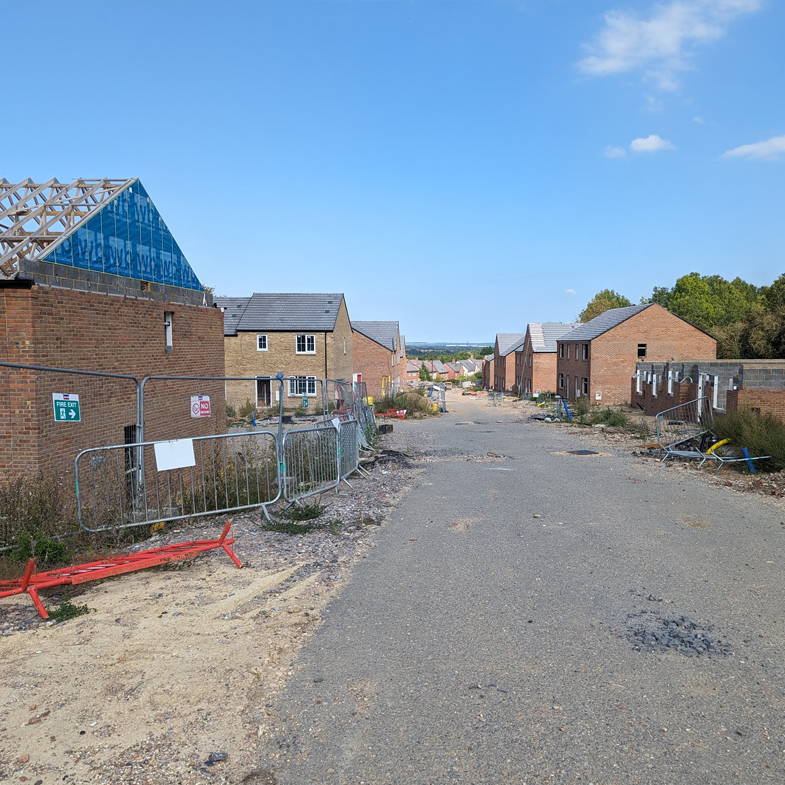The Government’s renewed focus on supporting SMEs and simplifying planning rules is a welcome move and rightly acknowledges the critical role of smaller firms in meeting local housing need. For too long, the conversation has centred on large-scale greenfield developments, often at the expense of smaller, more intricate urban and brownfield sites.
These sites, often overlooked, play a vital part in creating well-connected, sustainable communities. They bring new homes to established neighbourhoods where demand is highest, making use of land and infrastructure that already exists. But they are rarely straightforward. Issues around access, utilities, site constraints and community sensitivities can make smaller projects more challenging to deliver than their larger counterparts.
Smaller, often overlooked sites can unlock significant housing potential. With the right approach, they can deliver new homes quickly, efficiently and in places where they’re needed most.
Our expertise lies in turning complex, medium-scale sites into thoughtful residential schemes. We balance viability with sensitivity, ensuring new housing enhances existing neighbourhoods.
By easing planning burdens and improving viability, the Government’s recent changes have the potential to unlock many of these complex opportunities. Sites that might previously have been seen as marginal could now come forward more quickly, adding to housing supply while making more efficient use of underutilised land.
At Osborne Architects, many of our projects sit within what is now defined as the ‘medium site’ category. These schemes often fall in the range of 10–100 homes, large enough to make a meaningful contribution to local supply, yet small enough to integrate sensitively into the surrounding community.

We believe this scale of development is critical to addressing the UK’s housing shortage. Medium sites provide the right balance: they are manageable for smaller developers, more viable for housing associations, and easier for communities to absorb than major urban extensions. Done well, they can deliver thoughtful, community-focused housing that enhances neighbourhoods rather than overwhelming them.
We look forward to seeing how these planning reforms evolve in practice and how they might accelerate the kind of development we believe in – pragmatic, well-considered housing that works for residents, developers and local authorities alike.